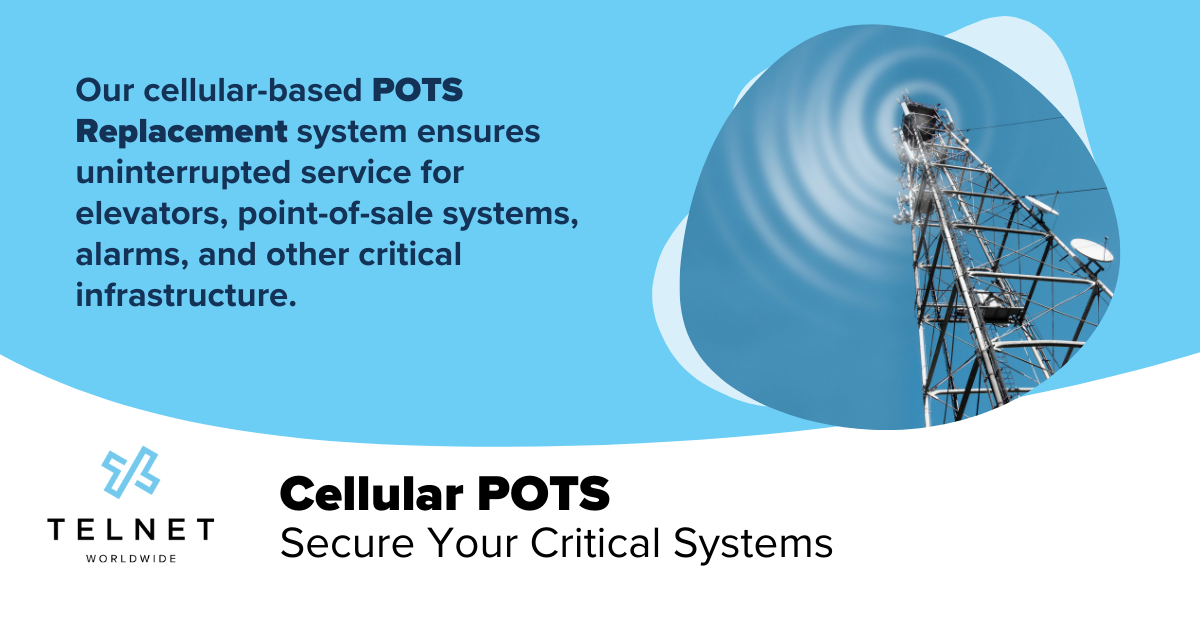Our way of life is continuously shifting in response to the pandemic, and we’re more dependent on technology than ever before. Education systems, in particular, are being forced to adapt to remote learning on a grand scale. As a result, customer-hosted equipment is being strained from the additional bandwidth needed to support so much activity. To alleviate this issue, school districts, colleges and universities are choosing to abandon on-premise equipment and move their servers and network gear into a data center.
How Data Centers Are Utilized in the Education Sector
Data centers are facilities that host IT equipment and data for organizations and companies. For schools, data centers are essential since they are the central system that contains school records, student and teacher information and other sensitive information such as test scores. And for universities especially, they can hold invaluable research information that will propel us forward.
While the sudden switch to digital transformation is one big reason to consider data center colocation for school systems, there are other advantages including security, cost reduction and efficiency.
1. Colocation In Data Centers Provide Security
Approximately 56.6 million students attended elementary and secondary schooling in the United States alone in 2019. That’s a whole lot of data being shared, stored and accessed on a daily basis. Can you imagine the impact it could have on the students if that information was lost, disrupted, or even hacked?
It’s sad to say, but many schools have already experienced that.
In 2019, a data breach affected nearly 6,000 Montgomery County students, exposing data such as personal information, student IDs, emails, address and SAT scores of 5,962 students. And even though this is only one example, it’s not uncommon.
Maybe you don’t have the next Kevin Mitnick — maybe your problem is the actual server and networks you’re using.
Many schools are using old network devices and servers that falter and fail under power conditions that current technology can easily withstand. With a data center, schools will have the latest technology at their fingertips and have peace of mind knowing that it provides reliable, secure storage.
With a third-party data center, schools can leverage 24/7 surveillance, redundancies in case of power outages and an IT professional on-demand for any maintenance request.
2. Colocation Reduce Costs
Let’s be honest, there has been an ongoing battle with properly funding schools. One of the departments affected by this is the IT department. Many schools are struggling to find a balance between cutting “unnecessary spending” and providing the best for their students. But what’s great about colocation is that it’s the perfect balance between those two situations.
How so?
Just like a teacher, an in-house data center needs specialized tools to work properly. These tools include uninterrupted power supply (UPS) batteries, generators, network connection, fire suppression systems, cooling solutions, software certification, compliance and even pest control. With everything necessary, running a data center can easily cost over a million dollars.
By colocating your servers, you get a predictable and affordable monthly expense. Schools don’t need to carry the financial burden of running an in-house data center.No longer will you have to deal with the financial and technical headaches of raw power, cooling and constant maintenance. Keep the teacher, move to the data center!
3.Data Centers Improve Efficiency
Universities such as Southern Connecticut State are leveraging data centers to conduct longitudinal studies that span from freshman orientation to graduation. They’re using this data to create a tailored learning experience for each individual student. To make this possible, institutions need to have a scalable solution that allows seamless gathering and access to data, along with a secure place to store it.
The adoption of devices, apps and E-Learning has changed the way we view education. Colocation improves the online experience for students, faculty and staff by providing access to fast and reliable data. Pairing the power and security of a data center with BYOD (Bring Your Own Device) virtual desktops allows schools to teach effectively.
By leveraging a data center, education institutions improve their efficiency by using data to help students.
Your students and teachers deserve the best. If you are interested in a cost-effective and secure colocation solution, schedule a data center tour today!





